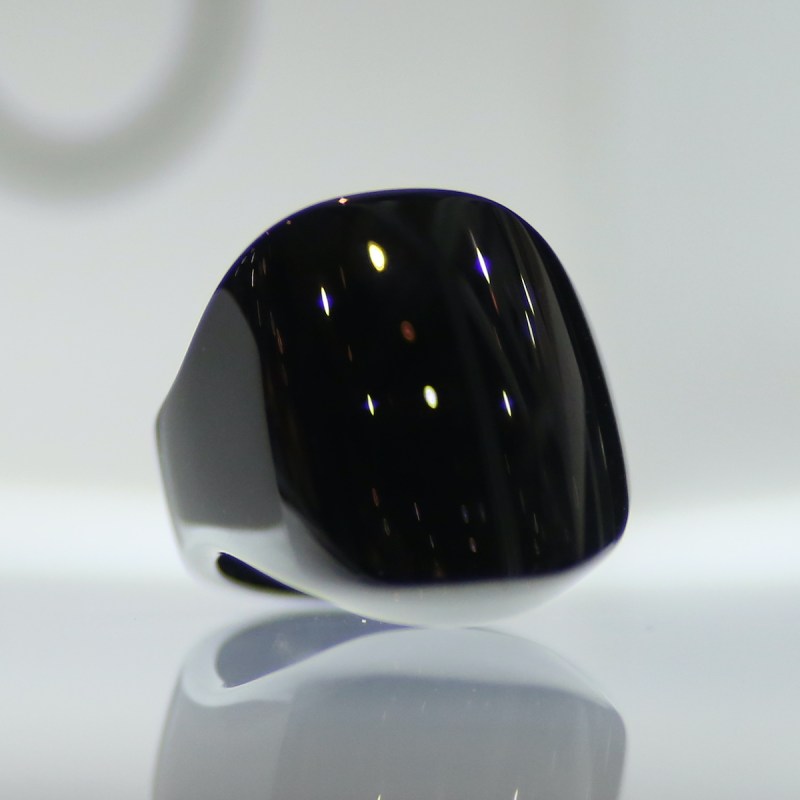
We are all looking for ways to keep up with our fitness and health goals, even when we are traveling and enjoying some relaxation. To help us out, there has been a surge in wearable health technology. This technology is
Videos by TravelAwaits
- embedded or accessorized to be worn or sewn onto clothes
- incorporates a microprocessor and an internet connection
- allows for collection of actionable data points
You can find this technology in
- Smartwatches
- Rings
- Glasses
- Wristbands
- Earphones
- Continuous glucose monitors
- And even clothing
As a family medicine doctor, patients often ask me which of these options is right for them. Of course, that depends on what they want in a wearable.
Why A Wearable Health Device?
A wearable health device helps you understand your body immediately and allows you to make adjustments quickly. Because of the instant information it provides, you are more aware of what is happening. The information is easily tracked with the use of multiple apps that automatically connect to the wearable. The app can also give you actionable steps to improve outcomes in areas of interest.
Here, I focus on one of the newest wearable tech options: the smart ring.

Smart Ring Benefits
Obviously, smart rings are smaller and more comfortable than bulky watches or clothing. They are lightweight. The battery lasts longer. The rings usually need to be recharged weekly and take 20 to 80 minutes to fully charge.
Most of the rings are water-resistant and scratch-proof so they can gather data even during water activities. Some of the popular brands are Oura, Motiv Ring, Circular, and Movano Health.
Data Collected
1. Sleep
The smart ring is able to determine the quality of your sleep. You can discover how long you were in a deep sleep and why you might feel groggy the next day.
Poor sleep can lead to weight gain and additional stress. You will also see how restless you were, which could indicate restless leg syndrome. The ring also measures your oxygen levels with clinical-grade accuracy. In fact, some companies are working on FDA approval for diagnosis of sleep apnea using a smart ring.
Sleep apnea can be the leading cause of fatigue and is associated with heart and pulmonary issues. These tests are not diagnostic, but they can alert your doctor who may want to order further testing. The apps then show you trends and give you a sleep quality score with recommendations to help improve sleep that you can also share with your doctor.
“My favorite feature of the Aura ring is the sleep metrics it gives you. I like having the objective data of how many hours I slept in addition to addressing quality metrics like depth of sleep,” says Dr. Mike Williams of Ultrawellness Medical in St. Louis, Missouri.

2. Stress
The smart rings also collect data about your stress levels. They record how much your heart rate varies between time intervals, which is a reliable sign of stress. This is a way to tell if you’re under more stress than usual
Once your stress levels are recorded, the apps will make recommendations such as more sleep, a walk, 5 minutes of meditation, or deep breathing. This not only helps with current stress but improves self-awareness around things we were unaware stressed us out previously.

3. Activity And Fitness
Like other wearables, the smart ring records activity levels, endurance, speed, and steps and can even map out runs. They also measure inactivity with alerts. It’s sometimes eye-opening to see how sedentary we can become, and the reminders encourage us to get up and move.
Smart rings will also measure your heart rate and heart rate recovery, which gives your doctor important information about how quickly you recover.
Pro Tip: Smart rings are especially great for swimmers.
4. Viral, Illness, And Immune System Assessment
Studies are still being conducted on how efficiently smart rings detect illness. A promising study by the University of West Virginia found that the Oura ring can detect COVID up to 3 days prior to a person having COVID symptoms.
5. Period Predictor
While many of us are beginning menopause, smart ring period trackers look for trends in what is happening as your hormones change. The ring records natural temperature fluctuations and uses body temperature variations to make predictions about your cycle.
You Invested In A Ring — Now What?
One of the best benefits of a smart ring is the information you’ll have to share with your doctor. For example, after you get a sleep score based on total sleep, how much time you spent in deep sleep, heart rate variability, and oxygen saturation throughout the night, you and your doctor can come up with a plan of action that might include doing an overnight sleep study.
Continue to monitor your daily, weekly, and monthly changes to look for improvement in areas you are working on. The best part? Sharing these wins with your family and friends.
I really enjoy looking at the data that my patients collect from their wearables. It is very helpful in implementing medical advice along with lifestyle changes that can lead to an improvement in quality of life. I often look at EKGs that my patients have saved on their iPhones from their iWatches, or blood sugar graphs from their continuous glucose monitors. This new wave of wearables is only going to enhance our ability to help our patients.
Want more wellness tips? Consider
